Tim Damon grew up in Detroit, in the heyday of the muscle car and Motor City madness, when his neighbors would bring home the latest big-block Mustang or Trans-Am for the weekend. Today, Damon works in Los Angeles as the go-to director for automotive advertising — and his drive to find the perfect shot of a car has led him to help build a level of equipment unique in the industry. When you need to mount a camera on a boom arm that can travel off-road at 60 mph, only a Ford SVT Raptor will do.
After graduating from Detroit's College of Creative Studies, Damon built a career as a photographer, cinematographer and eventually director. While he's shot more than 100 commercials, his footage can be seen in hundreds of other projects for automakers and other clients. It's not just a business; Damon's car enthusiasm extends to his own collection, which includes everything from a high-output Cadillac CTS-V to the first car he owned, a '67 Pontiac Grand Prix convertible.
That Detroit grounding, Damon says, makes him particular about capturing a car's design with precision, a task that's only grown more important in the digital era.
"Every time I put a lens on a car I know it has to be perfect, because it's going to live a long time," Damon says. "I take every shot very seriously...it isn't like the old days when there was a body change or grille change every year. There’s stuff of mine that’s five or six years old that I see in new ads."
But to get the shots he needs, Damon needs cameras that can move as fast as the cars he's capturing. As a partner in Camera Car Systems, Damon and associates have designed and built a fleet of vehicles to shoot cars in motion, from a Porsche Cayenne to a Polaris Ranger, a four-wheel ATV with a 40 mph top speed. All of the vehicles use custom-designed crane arms and three-axis, gyro-stabilized camera mounts controlled by a joystick in the vehicle that can pan, zoom and tilt cameras over rough terrain while keeping the shot steady.
Yet all of those vehicles still didn't cover Damon's demands, namely something that could travel at high speed off-road. The solution: a Ford SVT Raptor, painted as all the camera cars are in matte black to cut any reflections on the star vehicle. Using a stock, 411-hp Raptor, Damon's team added a few modifications — from a tougher suspension and skid plates to a rubber flap that hangs across the entire back bumper to keep dust from kicking back into rear-facing shots.
With the Raptor, "I can do stuff on road, off-road — it gives me a huge range," Damon says, "whereas if I have the (Mercedes) ML or Cayenne, I can’t go off-road, or even use all of the road if I have to go on the shoulder." In the commercial above for the Ford Fusion via Jalopnik, Damon used the Raptor on Mulholland Drive while "Top Gear" host Tanner Foust tossed the sedan around corners. "That Fusion was much faster than I thought it'd be," says Damon, who ordered up some more power on the Raptor after the shoot.
Many car enthusiasts of Damon's vintage complain that modern machines lack the grace and style of the classics. Not Damon, who says today's cars are as beautiful as they have been in decades. "In the '60s and '70s, we had this amazing car culture where designers were pushing the envelope, and then all of a sudden we went into a 30-year hold where the bean-counters destroyed design.
"The vehicles right now are so pretty," he adds. "My job is way easier."
Source: Yahoo!

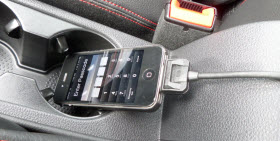 The use of a proprietary cable and connection for iPod integration is a telltale sign of how automakers are typically behind the technology curve compared with most consumer electronics devices. It's also an indication of how long it takes automakers to implement the latest tech trends and ditch outdated ones.
The use of a proprietary cable and connection for iPod integration is a telltale sign of how automakers are typically behind the technology curve compared with most consumer electronics devices. It's also an indication of how long it takes automakers to implement the latest tech trends and ditch outdated ones.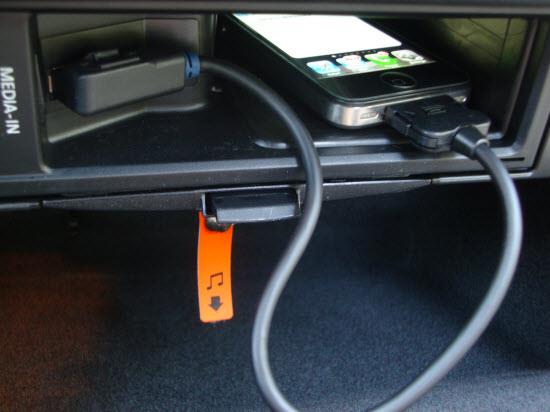




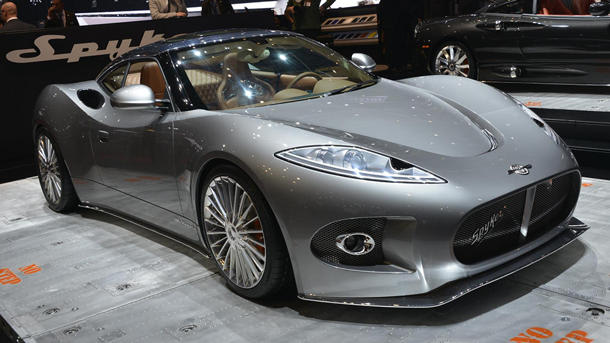


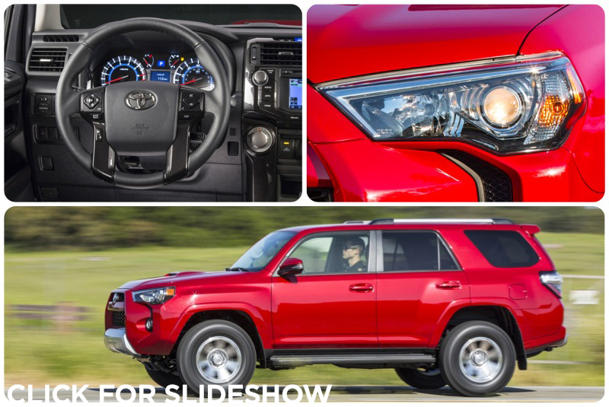








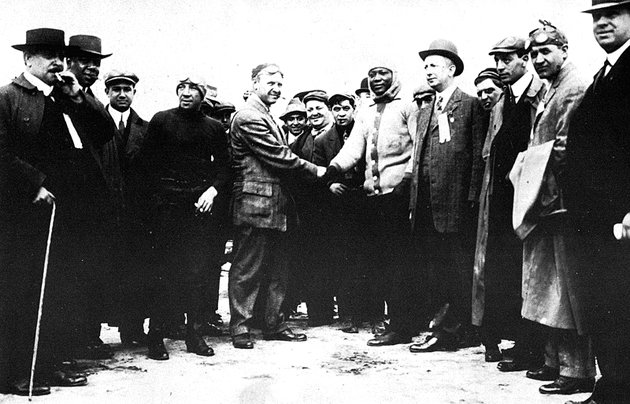


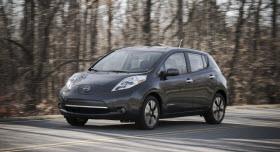 If you’re looking to sell or trade in a used plug-in hybrid or electric car, prepare to take a major hit on depreciation.
If you’re looking to sell or trade in a used plug-in hybrid or electric car, prepare to take a major hit on depreciation.





